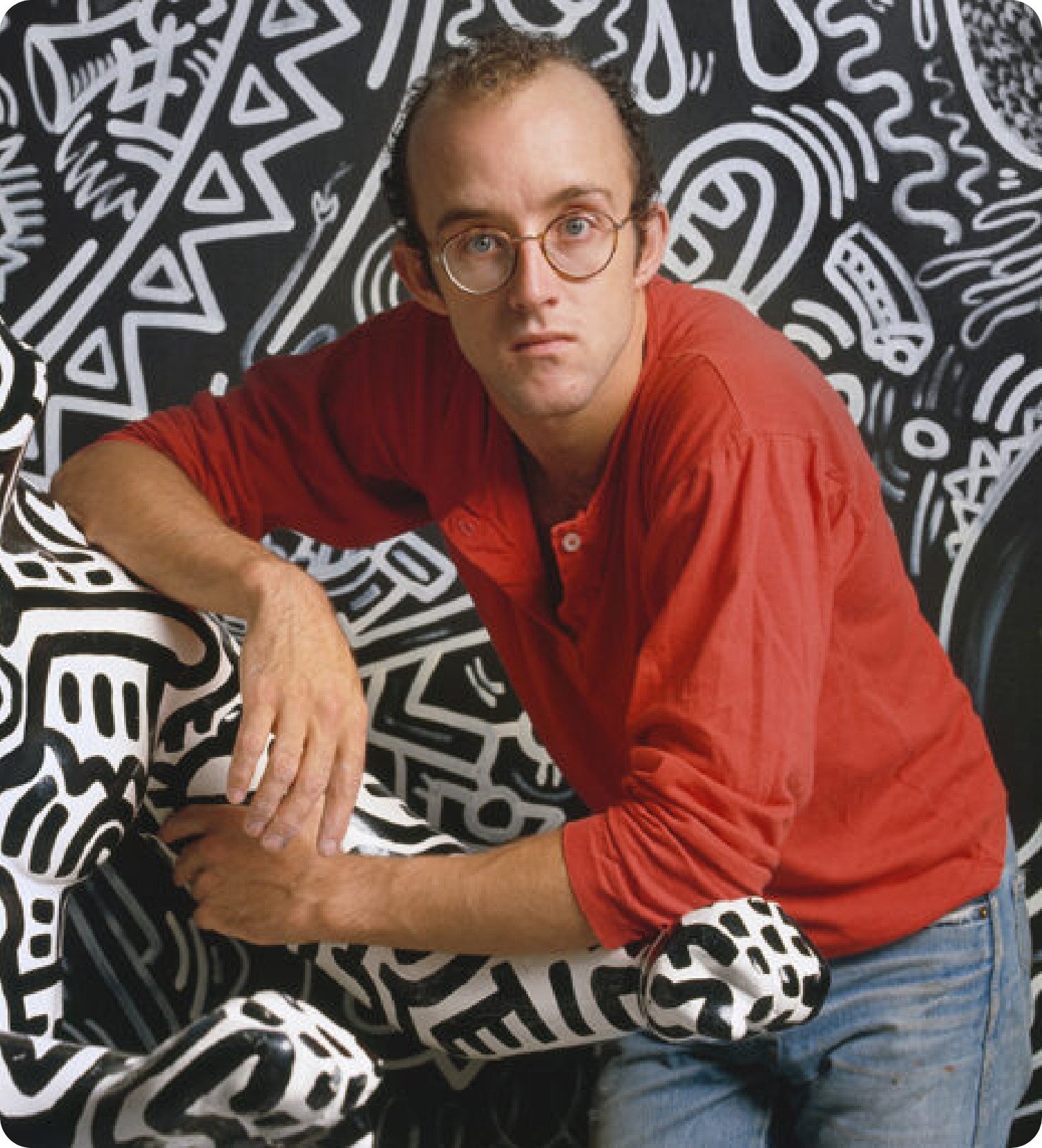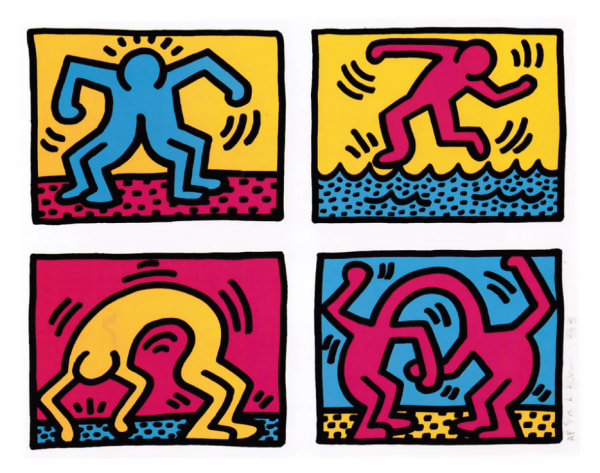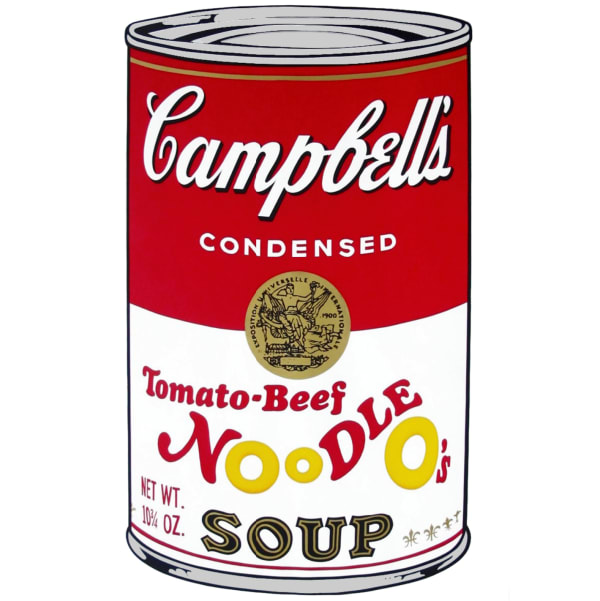When it comes to collecting blue-chip contemporary art, few names resonate as powerfully as Andy Warhol, Jean-Michel Basquiat, Keith Haring, and Roy Lichtenstein. These four artists not only helped define the visual language of the 20th century but continue to dominate global auctions, institutional exhibitions, and private collections. For both seasoned collectors and new entrants to the market, building a portfolio that includes works by these icons is not only a strategic financial decision but also a culturally meaningful pursuit.
But where do you begin, and what should you prioritize? This guide explores the key elements of collecting the "Big Four" of Pop and Urban Contemporary Art, offering insight into their legacies, market dynamics, and collectible highlights.
Why the Big Four Matter
Each of these artists represents a distinct pillar within the broader Pop and post-Pop art movements. Andy Warhol stands as the most influential figure in defining the relationship between celebrity and consumer culture. His market is one of the most stable and thoroughly documented in the contemporary art world, offering collectors both high-profile prestige and dependable value.
Jean-Michel Basquiat, in contrast, represents the voice of urban rebellion and cultural consciousness. His works blend historical critique, raw emotion, and personal symbolism to create deeply layered narratives that continue to resonate today.
Keith Haring brings a unique sense of joyful activism. His visual language—iconic and accessible—has democratized fine art by merging it with public art and social engagement, making his work especially popular among cross-generational collectors.
Roy Lichtenstein, a master of irony and formal restraint, used comic-strip aesthetics and a cool visual language to question mass media, authorship, and the definition of fine art itself. Together, these four artists offer a collector a portfolio rooted in aesthetic innovation, cultural commentary, and mass-cultural influence.
Andy Warhol: The Blueprint of Market Longevity
Warhol’s career spans a vast array of media, but in the art market, his screenprints remain among the most sought-after and reliable blue-chip assets. From iconic series such as Marilyn Monroe, Mick Jagger, Campbell’s Soup Cans, and Flowers, collectors are drawn to the immediacy and brand power of his work. More recent attention has also turned to his later series like Endangered Species and Myths, which are increasingly favored by new collectors seeking standout imagery with historical context.
When acquiring a Warhol print, it is essential to pay attention to the edition size and publisher. Most of his prints were produced in editions of 250, often accompanied by artist’s proofs (APs), trial proofs, or unique variations in color and layering. Authentication remains crucial—especially since the Andy Warhol Art Authentication Board was dissolved in 2012. Today, works must be purchased from galleries or collectors offering pieces with verifiable provenance or certification from the Warhol Foundation.
From a market perspective, Warhol prints are among the most liquid and consistently performing assets in the post-war print sector. Their widespread recognition and historical value make them a foundational piece in any serious collection. Discover Andy Warhol signed prints for sale.

Jean-Michel Basquiat: The Rarity Factor
Basquiat’s career was intense but short-lived, with his death at the age of 27 cementing his legacy and making his original works exceptionally rare and highly valued. While his major paintings sell for tens of millions at auction, there are more accessible entry points into the Basquiat market.
Collectors can engage with his legacy through limited-edition prints and lithographs, many of which are authorized and issued posthumously by his estate. Basquiat also collaborated with Warhol on a series of works, which offer a unique opportunity to collect both artists’ aesthetics in a single piece. Additionally, works on paper, while scarce, offer a mid-tier acquisition option that still carries tremendous historical significance and market appeal.
Basquiat’s work has experienced exceptional appreciation, particularly over the last decade, as institutions and luxury brands have aligned themselves with his legacy. His imagery has appeared in high-profile collaborations with companies like Louis Vuitton and Uniqlo, keeping his cultural relevance fresh and globally visible.
Collectors are advised to focus on prints that feature Basquiat’s most recognizable motifs, such as crowns, anatomical heads, bold color fields, and fragmented text, and to ensure that these pieces are produced by well-regarded publishers and carry appropriate estate certification. Explore Jean-Michel Basquiat original art for sale.
Keith Haring: Accessible, Iconic, Appreciating
Keith Haring’s body of work is characterized by both its visual immediacy and its powerful message. He is one of the few contemporary artists whose work is both institutionally recognized and highly accessible to collectors. From monumental murals to small-scale screenprints, his art has found its way into homes, museums, and public spaces worldwide.
Popular print series include the vibrant and bold Pop Shop sets (I through IV), including the Quads, as well as the 1990 Icons portfolio, which presents some of his most famous motifs in a stark and graphic style. In addition to editioned prints, unique works on paper and early subway drawings are highly coveted and typically command a premium.
Haring’s prints were usually produced in relatively small editions, often ranging from 100 to 200, which enhances their scarcity and long-term value. Many of his works bear the Keith Haring Estate stamp, and are listed in published catalogue raisonnés, providing an important layer of authenticity. His activism, particularly in relation to the AIDS crisis and civil rights, lends his work enduring cultural importance and multigenerational appeal.
Moreover, Haring’s presence in fashion and lifestyle collaborations keeps his work top-of-mind for younger collectors, making his market one of the most dynamic among post-war artists. Explore Keith Haring original art for sale.

Roy Lichtenstein: Pop Precision with Institutional Weight
Roy Lichtenstein offers collectors a sophisticated and intellectually rich entry point into Pop Art. Known for his comic-book inspired images and formal irony, Lichtenstein’s work straddles both visual simplicity and deep conceptual critique.
His most collectible print series includes the Brushstroke series—a direct and self-referential response to Abstract Expressionism—as well as iconic works like Crying Girl and Sweet Dreams Baby!, which reflect his unique approach to melodrama and commercial art. For collectors seeking more subdued works, Lichtenstein’s Still Life and Modern Head series offer a quieter but equally impactful alternative.
Lichtenstein’s prints are often technically complex, incorporating methods such as screenprinting, woodcut, lithography, and even embossing. This technical richness contributes to their collectibility and institutional esteem. Provenance is critical with Lichtenstein, as many of his editions were produced in limited numbers, and the quality of condition can significantly affect valuation.
As one of the most widely exhibited and collected American artists of the 20th century, Lichtenstein’s market legacy is well-established, offering both historical weight and visual impact to any portfolio. Discover Roy Lichtenstein prints for sale.

Building a Balanced Collection
A well-curated portfolio featuring the “Big Four” should ideally aim to showcase the breadth of styles, media, and messages they represent. A strong foundation might include a recognizable Warhol screenprint, such as Marilyn Monroe or Mick Jagger, which instantly anchors the collection in Pop’s most iconic legacy. To this, one could add a certified Basquiat print or a collaborative piece with Warhol, offering both cultural value and historical intersection.
A Pop Shop set or Icons series work by Haring provides both affordability and rich symbolic meaning, while a comic-inspired or Brushstroke print by Lichtenstein adds visual irony and conceptual sophistication. Collectively, this portfolio spans various media including screenprint, lithograph, and drawing, and reflects a spectrum of price points and investment potential—all while bridging the world of fine art with the mass-cultural symbols that shaped an era.
Art as Cultural Equity
Collecting works by Warhol, Basquiat, Haring, and Lichtenstein is more than an exercise in taste—it is an act of cultural participation. These artists helped redefine what art could be: not only beautiful or expressive, but also commercial, critical, joyful, and political. Their works embody a moment in history when the walls between art, media, and identity were permanently torn down.
As the markets for these four artists continue to evolve—and as their works grow ever more visible across museums, auctions, and public consciousness—they offer collectors a rare opportunity to invest in cultural equity. Whether you're just beginning your journey or expanding a seasoned portfolio, these artists offer lasting value: aesthetic, financial, and historical.




















